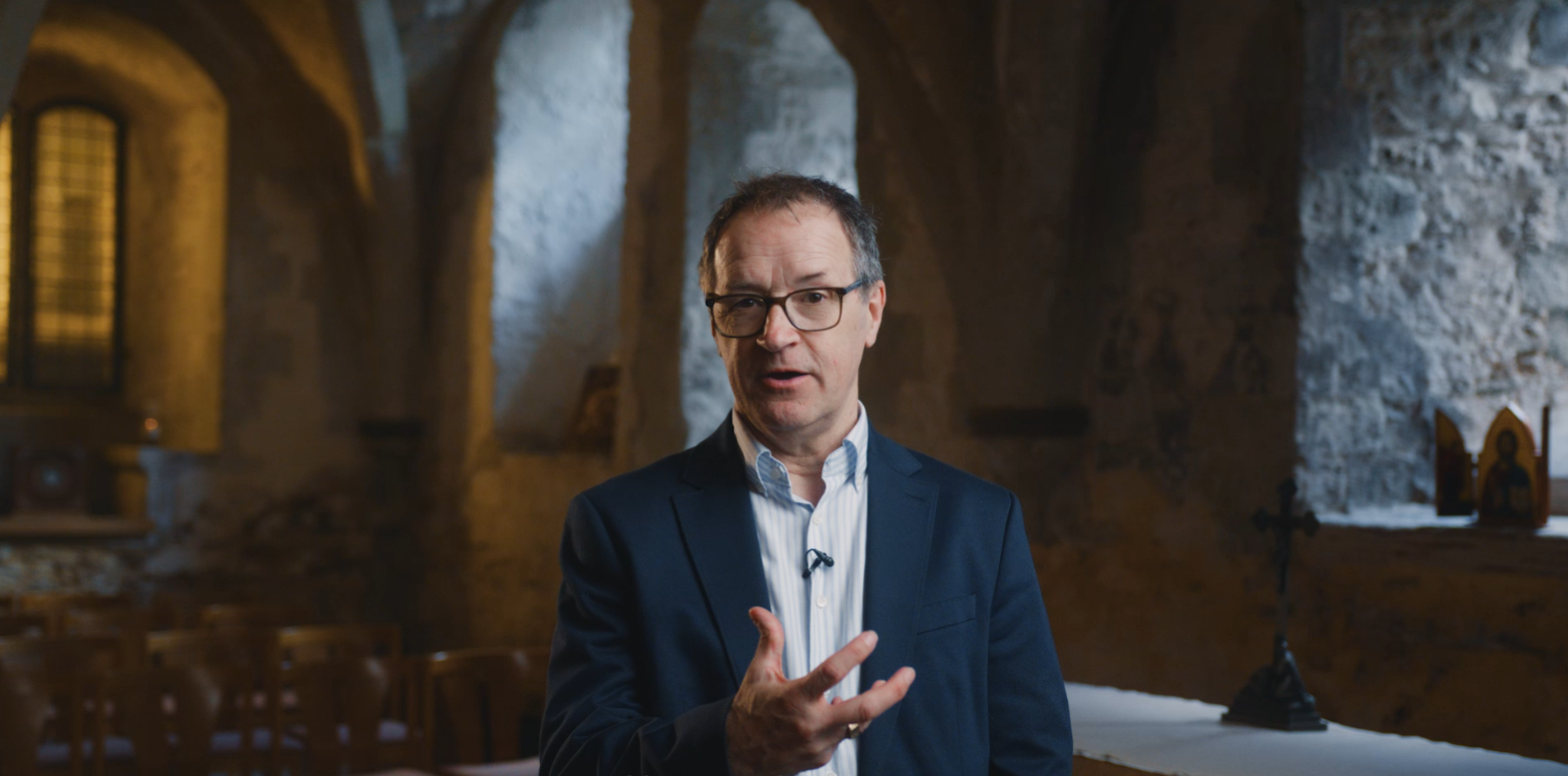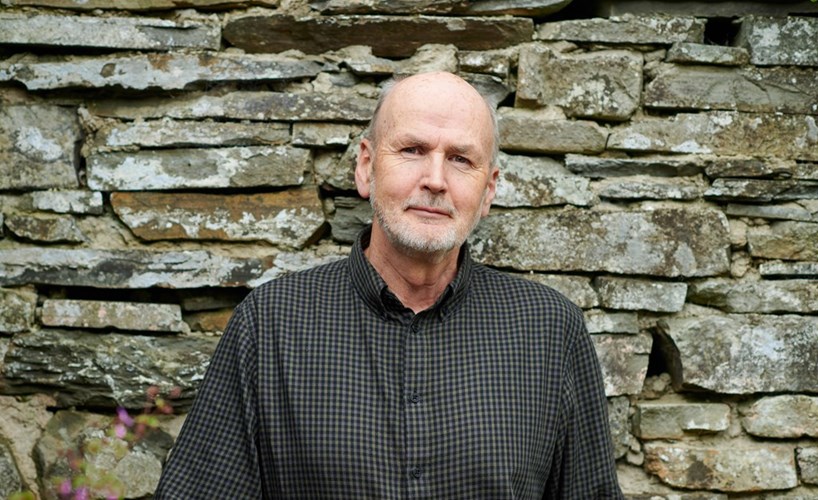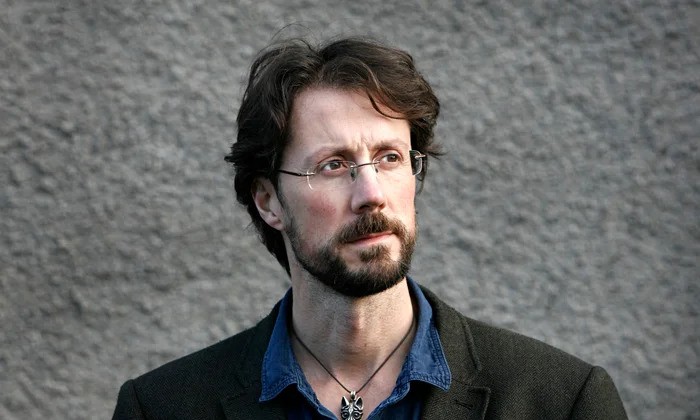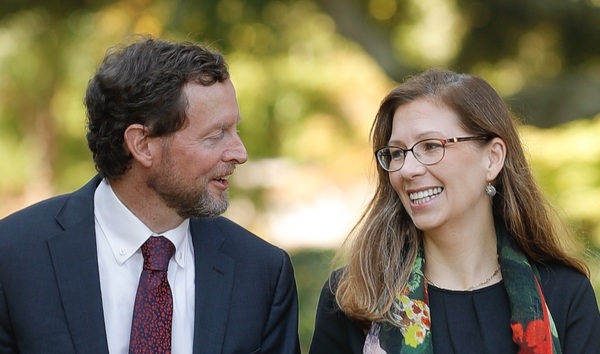
I'm so glad that my Summer Reading List caught your eye. Whether you've got time now to dig into a new recommendation or want to bookmark this for an upcoming holiday, I hope at least one of these picks offers you some respite.
📖 Paul Bradbury, Why We Should Mourn The Death of the Semicolon
I studied English at university, so I have always been interested in the way language works. I love how Paul Bradbury takes this tiny thing - a semicolon, and the evidence of its demise in English, and uses it as a sign of our need for pause, space, and reflection in our daily lives.
📖 Graham Tomlin, Blaise Pascal - The Man Who Made the Modern World
I have been fascinated by Blaise Pascal ever since I read him as a teenager. I always wanted one day to write a biography of him, explaining his extraordinary life and piercing insights into human life and Christian faith. Maybe this might be a good book to take away on holiday; read on the beach, in the campsite or wherever you are!
📖Niall Williams, John
From the author of History of the Rain and This Is Happiness, John is a wonderful novel depicting the elderly apostle as a man steeped in the simple yet extraordinarily revolutionary message that God is Love and that therefore we should not just tolerate, but love one another.
📖Hartmut Rosa, Uncontrollability of the World
The sequel to Rosa’s path-breaking work on social acceleration and resonance, this short book is a penetrating exposé of our cultural project to control everything and how it kills beauty and even ourselves in the end.
📖 Alan Kreider, The Patient Ferment of the Early Church
If you're interested in history and what gave birth to the extraordinary Christian movement that transformed the world, then this is a great guide to those early years.
📖Paul Kingsnorth, Against Christian Civilisation
I read this lecture earlier in the year. It's a fascinating argument about the future of cultural Christianity. You might or might not agree with it, but it will make you think.
📖Iain McGilchrist, Re-Enchanting Season 4, Ep 10
Iain McGilchrist is such an interesting thinker whose work spans such a large area – neuroscientist, philosopher, historian, and much more, all expressed with a humility and sense of wonder. I loved his conversation with Belle and Justin. This would be a great one to listen to on the journey to your summer holiday this year.
📖Benjamin & Jenna Silber Storey, Why We Are Restless: On the Modern Quest for Contentment
A brilliant, insightful and beautifully written account of modern discontentment through the lens of four crucial French thinkers - Montaigne, Pascal, Rousseau and de Tocqueville.













